Alocasia Portodora or Portora is an adorable plant with its lush, glossy green tropical leaves, and inviting look. Its alternate name, Upright Elephant Ear plant, refers to its upward-pointing scalloped leaves on thick green stems. Southeast Asian tropical rainforests are home to this beautiful Alocasia Portodora. The stunning, lush Portora can add instant drama to your living room and it will catch every eye with its large, colorful foliage and lettuce-edged fans like leaves.
Because of its larger leaves, Alocasia Portodora is generally used in outdoor spaces like gardens, corridors, garages, etc. People have recently been using it in larger and bright rooms. The Alocasia Portora, in contrast to most Alocasias, can grow up to 4-5 feet tall under favorable conditions, such as lots of water, an organic-rich substrate, high humidity, and, most importantly, lots of bright light, even direct sunlight.
Growth Rate:
Alocasia Portodora is a fast-growing plant under ideal circumstances. It can grow up to 90 to 160cm tall.
When it comes to caring, Alocasia Portodora, like its other family members, has some particular requirements. If you are a beginner, keep reading this article as I delve thoroughly into how to take care of your Alocasia Portodora.
Allied Species: Alocasia Sarian, Alocasia Pink Dragon, Alocasia Lauterbachiana, Alocasia Silver Dragon, Alocasia Stingray, Alocasia Regal Shields, Alocasia Nebula, Alocasia Maharani, Alocasia Jacklyn , Alocasia Cuprea, Alocasia Black Velvet , Alocasia Cuprea
Related Products
Products | Name | Check Price |
Organic Perlite for Plants | ||
WONDER SOIL Organic | ||
Orchid Potting Bark Mulch |
Habitat & Ecology
| Botanical Name: | Alocasia ‘Portora’ |
| Family Name: | Araceae |
| Common names: | Portora Upright Elephant Ear, Alocasia Portodora |
| Origin | Southeast Asia |
| Height | 5.00 to 6.00 feet |
| Spread: | 4.00 to 5.00 feet |
| Light Need | Full sun to part shade |
| Soil Type | Loamy Soil, Moist/Wet Soil |
| Water | Water frequently when growing leaves. |
| Soil moisture | Average, Moist / Wet, Well Draining |
| Planting Time | Spring / Summer |
| Planting Depth | Plant 4″ deep. |
| Zones | Perennial in zones 8-10. Annual in zones 3-7. |
| Bulb Spacing | 48-72″ wide |
How to care for Upright Elephant Ear Plant?
In this article, we are going to discuss all the favorable conditions that an Alocasia plant needs to thrive, like watering, soil, temperature, humidity, sunlight, and many more. We’ll give you a step-by-step guide to propagate, prune and repot Alocasia Portodora. And yes, don’t you worry, we will tell you what causes different diseases and issues in elephant ears and how to cure them. So, keep reading it till the end.

Initial Care at Home
Initial care of Portodora is not difficult. You must check this plant to ensure it doesn’t have any bugs or diseases; this is the first and the most important thing you need to do when buying a plant. If there is any bug on it, it can also damage other plants near it. When you take this plant home, place it in a really bright place with a good amount of humidity. Give it some water and let it rest for a while.

How much water Alocasia Portodora needs?
Portodora loves consistently moist soil and is not drought tolerant. Keep checking its soil a few times a week; if it feels dry, it’s time to water it again. But ensure the soil is dried at least 3 inches before you water the plant. Like other Alocasias, Portodora needs water according to the season. In summer, it should be watered twice a week and cut down to once a week in winter because winter and fall are different since the soil won’t drain as quickly.
Make sure that the water goes straight down to its root and allow water to drain out from its pot’s bottom to ensure that the roots are fully watered. You need to be careful while watering; neither less nor more water is required for this delicate plant; excessive water will cause root rot, and less water will cause yellowing of leaves, so be careful while watering the Alocasia Portodora.
Whether you are a novice or an expert, once you have determined how much water this plant needs, you are prepared to take care of it.

Light Requirements:
Alocasia Portodora is a larger plant that needs medium but filtered light to keep its dark green glossy leaves. It is usually placed outdoors, so it is easy to provide proper sunlight.
Alocasia Portodora usually grows a leaf every other week. So, it is important to provide it with bright indirect sunlight. How quickly a plant grows will depend on how much light it receives. Make sure the Alocasia is in a location where it can receive enough bright indirect light if you want your plant to push out new leaves actively and develop the huge leaves it is known for.
When placed in a location with less light, the plant will survive but not develop leaves as quickly as it usually does. Place it near a south- or west-facing window to ensure that your Alocasia Portodora receives bright light and sunlight.

Humidity and Temperature
Humidity is another factor needed for Alocasia Portodora to thrive in full glory. As it is a tropical plant and lives in a humid nature, it loves humidity and hates dry environments. When the humidity is exceedingly low, leaves may droop or fall off. Try setting up your Upright Elephant Ear plant on a tray with some small stones and water to improve the humidity around it. Never place the plant in the water; instead, place it on the pebbles.
The humidity can be raised by grouping plants together or placing a Plant humidifier close to an elephant ear. If you mist the plant, watch out for fungus-related plant illnesses from damp leaves.
Alocasia Portora grows and thrives in warmer temperatures, the ideal temperature for Portodora is between 60°F -80°F(15°C-26°C). When the temperature drops down from 60°F for a larger period of time, it drops all of its leaves and becomes dormant with time.
So, keep your Portodora in a place with indirect bright light to maintain the temperature. Keep the plant away from poorly ventilated windows, exterior doors, and air conditioners. Otherwise, temperature swings may prevent growth and even harm the leaves.

Soil Requirements:
The ideal soil for Portodora is rich, organic, and moist. Alocasia Portodora grows quickly in loose, nutrient-rich, and well-drained soil. Plant this Portodora in soil that can retain moisture and drain out excess water to avoid root rot and many other diseases. A good, thick winter mulch helps stop the rot that cold, wet soils can bring on.
You can buy an aroid potting mix from the market but if you want to make it at home, mix up the ingredients that are chunky and keep the soil moist. If your soil drains the water too quickly, we suggest you repotting your Portodora in the soil with less chunky mixtures.
We suggest making a potting mix that contains the following ingredients
Add all the components in a box and thoroughly mix them. Your perfect chunky potting soil is ready for Alocasia Black Velvet.
The ideal PH range for Alocasia Polly is 5.5 to 5.6, which is quite acidic. You should maintain this PH by mixing suitable soils for this plant. As we know, Alocasia Portodora needs a moderate amount of moisture, and the right proportion of components in the soil mix can help to maintain the moisture.

Repotting:
Repotting is the method of changing the pot and soil of your plant when needed. It is beneficial to repot every year or at least every two years. As Portodora is a fast-growing plant, its roots get rootbound and too tight in its pot. With time the soil starts losing its nutrients, and without nutrients, no plant can grow properly; that’s why it is important to repot. Airier soil will help the water to flow through the plant. Spring is the best season to repot your Alocasia Portodora.
Steps to repot Alocasia Portodora:

Propagation of Alocasia Portora
When Alocasia Portora reaches the age of maturity, it starts sprouting little offsets with roots. This is the point when it is beneficial to separate these offsets from mature plants to propagate the Alocasia Portodora and prevent unpredictable overgrowth.
There are two methods to propagate the Alocasia Portodora.
- Offset Division
- Tuber Propagation
Offset Division:
Soil propagation is the most common method of propagation of Alocasia Portodora. We are giving you a step-by-step guide so you can easily do it yourself when it is time to propagate Portodora.
Tuber Propagation
You can also propagate this plant through tubers. To propagate Alocasia through rhizome or tuber cutting, the plant should be mature and have a long tuber with multiple growth points. Carefully cut the rhizome or tuber horizontally. Make sure to include nodes in each tuber cutting.
Plant each tuber cutting in potting soil or sphagnum moss . Within a couple of week you will notice growth from tubers. Once they have enough roots, you can plant them in separate pots to grow into an independent plants.

Fertilizer
Fertilizers can increase the growth rate of Alocasia Portodora. Fertilize your plant when it is actively growing. We would recommend you fertilize Portodora every two to three weeks in summer. But in winter, Portodora becomes dormant, so stop fertilizing it in cold weather.
Make sure to water the plant before feeding Alocasia Portodora because liquid houseplant fertilizers are ideal for all kinds of Alocasias. Liquid fertilizers like fish emulsion and slow-release fertilizers are the best choice for Alocasia Portodora.

Maintenance:
Maintaining the Alocasia Portodora is not easy. It requires attention and care to grow quickly. To maintain this beautiful plant, take care of some factors like the right amount of water, sunlight, soil, temperature, etc. Once you have figured it out, you are good to go.
To maintain the plant’s health, remove any damaged, dry, or yellow leaves. Remove each leaf’s base with a serrated knife while pruning. By removing wilted leaves, the plant may send resources to the healthy leaves without squandering them elsewhere. Infected leaves should be pruned as soon as symptoms of pests or illnesses are seen.

Toxicity
All other plants of Alocasia are toxic, and Portodora is no exception. Portodora is also toxic when ingested. It can cause irritation, vomiting, and nausea, so keep your children and pets away from this beautiful but toxic plant. Keep your gloves when pruning, propagating, and repotting to avoid toxicity.

Pests and Diseases:
Spider Mites:
A spider mite infestation is a pest on Portodora and can pose a serious threat to the health of your plant as a whole.
They are easily identifiable on leaves because they have white webs covering them. Spider mites will eat your Alocasia leaves by puncturing the surface and sucking out the sap. The result of this procedure causes the leaves to turn brown and yellow.
An effective method to stop its incidence, survival, or spread is to change the atmosphere of the space by raising its humidity because spider mites thrive in dry situations.
Aphids:
Like all other Alocasias, Portodora also faces the issue of aphids. These pests are likewise sapsuckers but target the stems rather than taking the sap straight from the leaves. The leaves then start to curl up, turning brown and yellow as a result. As they leave behind honeydew, you can spot them on the leaves or stems of your plant.
The simplest method to get rid of aphids is to flick them into a bucket of soapy water manually. Additionally, you can spray neem oil or a solution of soap and water on your leaves and stems.
Mealybugs:
They suck out the sap, like spider mites, and are visible on the leaves as a powdery white, webby substance typically between the stem and the leaf.
In addition to the white, web-like substance, the leaves will turn yellow or worsen to brown, showing the presence of mealybugs.
Use cotton swabs dipped in isopropyl alcohol (70%) to wipe the infected regions to treat your Alocasia for mealybugs. Additionally, mealybug can conceal themselves in the soil, so if the issue persists, move your aloe to a new container.
Some diseases are common in Alocasias. We will discuss some of them to help you deal with them.
Bacterial Leaf spot:
Bacterial leaf spot is many plants’ most common disease, especially Alocasias. In this disease, these bacteria pathogens emerge from the soil. A warm and humid environment can trigger these bacteria from their dormancy. This disease can be identified by a dark, wet patch on the leaves with a yellow ring.
If you notice these signs, spray the Portora with baking soda. You can use soap, water, and olive oil to cure this disease. Watering the roots directly will also help.
Pythium Rot:
Pythium Rot is a widespread root and stems disease caused by the fungus Thielaviopsis basicola. It typically exists in untreated soil when the plant is dormant. The infection gets active once you’ve overwatered your Elephant Ear plant, and it then begins to attack the decaying roots of the plant. Discoloration of leaves, limping plants, and blackening stems and roots are some major symptoms of Pythium rot.
It is very difficult to cure this disease, even in the early stages of the disease. That is why prevention is the best thing you can do for your plant.
Other problems of Alocasia Portodora:
Brown Edges: Brown edges are the most common issue Alocasia Portodora faces. In this situation, the edges of the leaves start to get brown and crispy. This can be caused by two things. If you have placed your Alocasia Portodora in a dry room, it will cause a lack of humidity around it. In this condition, It will enter survival mode and drop its foliage.
Secondly, Portodora’s leaves turn yellow or brown when receiving direct sunlight, which is dangerous not only for Alocasia Portodora but all the Alocasias.
Yellow Leaves: If Alocasia Portora is turning slightly yellow, there is no need to worry about it. But if this is a consistent problem, you must stop watering the plant because excess water will cause the Portodora’s leaves to turn yellow.
Drooping Leaves: Portodora loves to live in a humid environment. If it is facing problems of drooping leaves, then it must be because of dry soil. If you are not watering your plant properly, its leaves will begin to droop. It is time to water Portodora if the top several inches of soil feels completely dry to the touch. Similarly, remove the excess water if there is any.
Uneven Growth: Portora starts leaning on one side if it gets uneven in low or medium light. We will suggest you move the Portodora closer to the window or the place from where it can get bright indirect sunlight. Keep changing the plant’s pot sides now and then to get an even amount of light from all sides.
Frequently Asked Questions:
Q. Why do the stems on my Alocasia Portodora are growing so long?
If an Alocasia plant doesn’t receive enough light, it may develop lengthy stalks. The plant can receive more light because of its long stems.
It’s a good idea to relocate the plant to a lighter area if you see that the stems are becoming long. Long stems may eventually break if the leaves become too heavy to support.
Q. Do Alocasia Portodora need fertilizers?
Alocasias grow quickly; therefore, it’s preferable to fertilize them with a liquid fertilizer quite frequently. We suggest fertilizing it every other week while watering the plant in summer and spring. But stop fertilizing Portodora in winter.
Q. Why does my Alocasia Portodora lose a leaf when a new leaf grows?
When an Alocasia plant is young, it could lose a leaf for everyone it gains. Immature, little Alocasia plants can sustain only a few leaves. This is due to the stalk’s ongoing growth. The smaller leaves are forced to fall off as the stem grows. Your aloe plant can support additional leaves after the stem gets thicker and bigger.
Q. My Alocasia Portodora is dealing with roots rot. What should I do?
Dig the roots and rhizomes out of the ground first, then chop off the damaged roots. Give the good root tissues at least 24 hours to dry out. Rhizomes should be cleaned with 0.1% potassium permanganate for 10 minutes before being planted in new soil blended with fine, clean sand. Water the plant a bit after two days to prevent drying out.
Final Words
You’ll undoubtedly feel as though you’ve just walked into the rainforest when you see the giant structural plant known as Alocasia Portodora, the elephant’s ear plant.
The Alocasia Portora plant resembles a massive rhubarb plant with its enormous emerald green leaves and gorgeous scalloped edges emerging from thick stalks. It would be stunning in the entryway or corner of your living room, adding a dash of the exotic to your house.
We hope this article will help you in growing your own Alocasia Portora. If you have any queries, send them our way. We will love to help you.
Happy Gardening!!!
Related Posts
Philodendron Melanochrysum Care & Growing Guide
Philodendron ‘Splendid’ is a stunning hybrid of two stunning species of the Araceae family: Philodendron Melanochrysum and Verrucosum.
Philodendron Burle Marx Care & Propagation Guide
The most notable feature of the Philodendron Burle Marx is its large, glossy leaves, which come in heart-shaped or arrow-shaped variations.
Philodendron Scandens-“Sweetheart Plant” Easy Care Tips
Philodendron Scandens, often called the “Heartleaf Philodendron” or the “Sweetheart Plant” is a classic and most loved trailing houseplant.
Philodendron Erubescens ‘Imperial Red’ Care Tips
The Imperial Red Philodendron is easy to grow and can thrive well with little care and attention. Botanically known as Philodendron Erubescens.
Philodendron Ring of Fire Care & Growing Tips
Philodendron Ring of Fire is a striking plant known for its vibrant foliage and is believed a hybrid of Philodendron Wendlandii and P.Tortum.

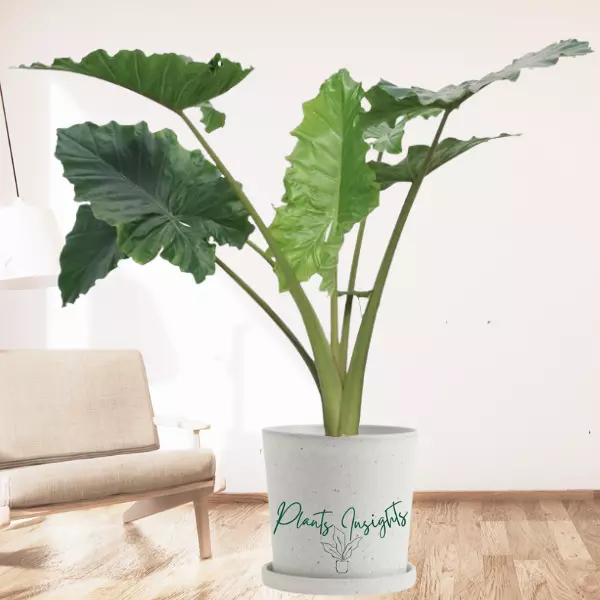
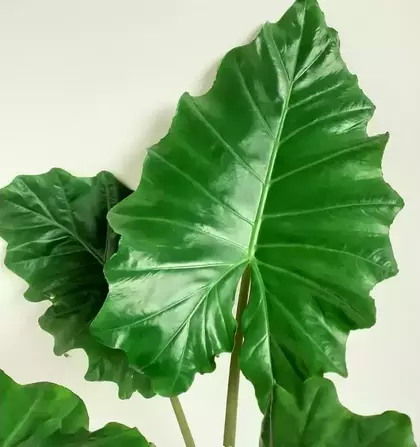
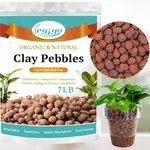
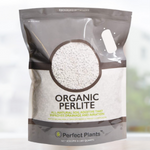

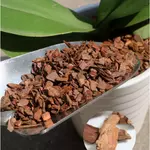
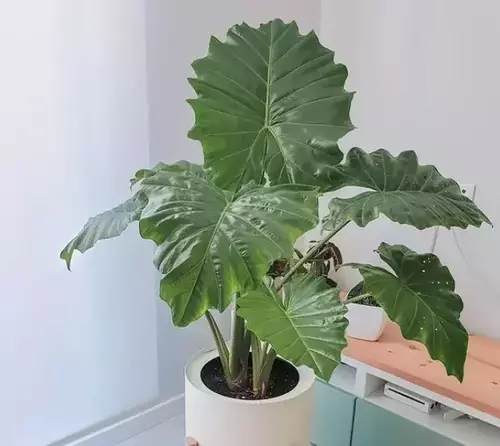

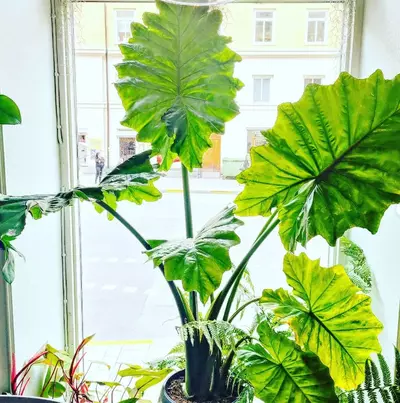
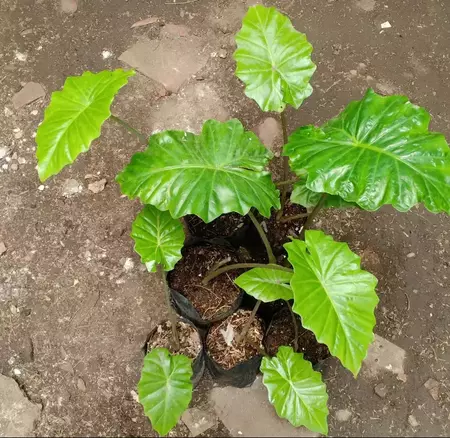
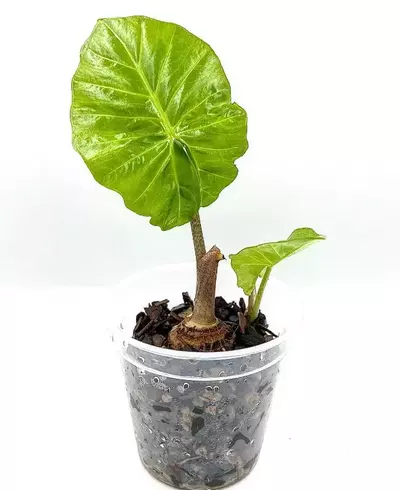
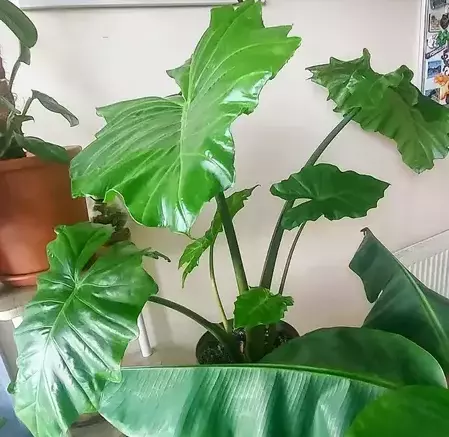
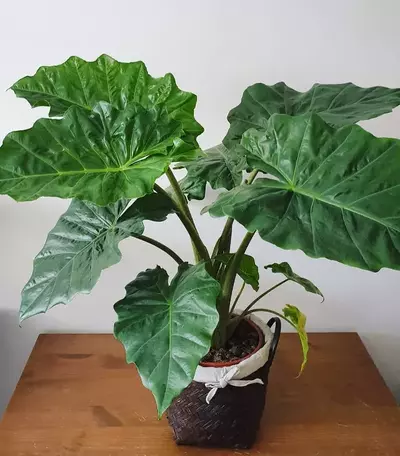
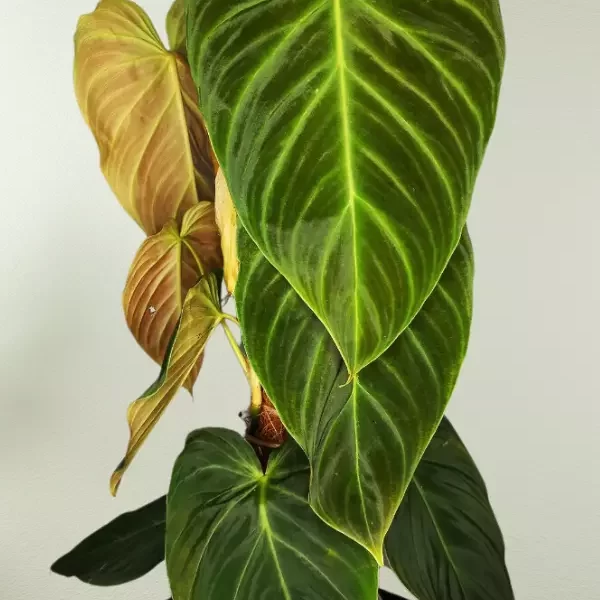

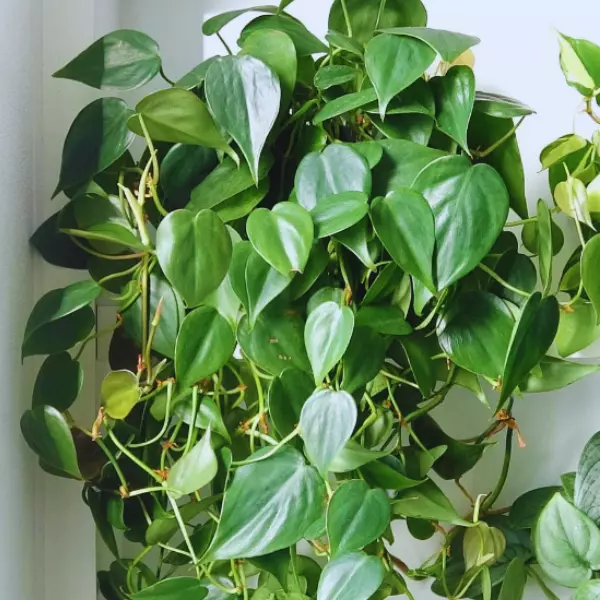
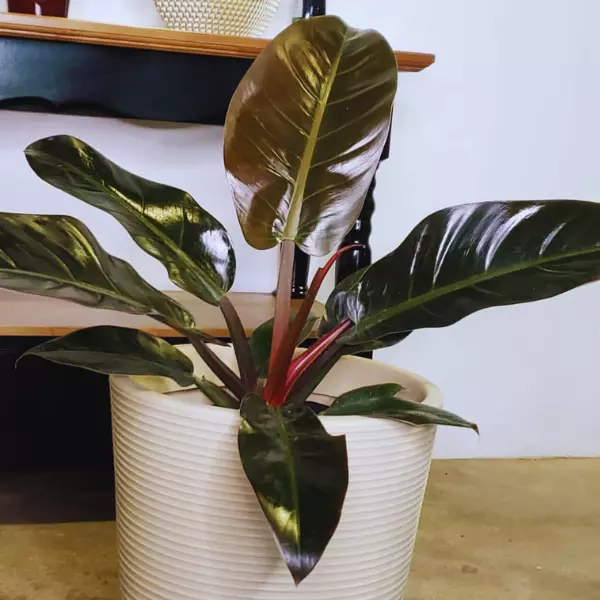

I have planted 6 large alocasia portora in the ground in N. Florida about 2 months ago. They are doing well and are growing small “pups?” up against the base. They are also growing flowers. Will my plants grow faster/larger if I cut flowers off? And can I transplant the pups?
Thanks Karen for sharing. Glad to know that they are doing well. Well it’s a common misunderstanding that cutting off flower will save the plant’s energy. In actual it’s not true. Cutting of flowers before maturing might result in growing more flowers.
Great V I should certainly pronounce, impressed with your web site. I had no trouble navigating through all tabs as well as related information ended up being truly simple to do to access. I recently found what I hoped for before you know it in the least. Quite unusual. Is likely to appreciate it for those who add forums or something, site theme . a tones way for your customer to communicate. Excellent task..
This is very interesting, You are a very skilled blogger. I’ve joined your feed and look forward to seeking more of your wonderful post. Also, I’ve shared your web site in my social networks!
I couldn’t resist commenting. Perfectly written!